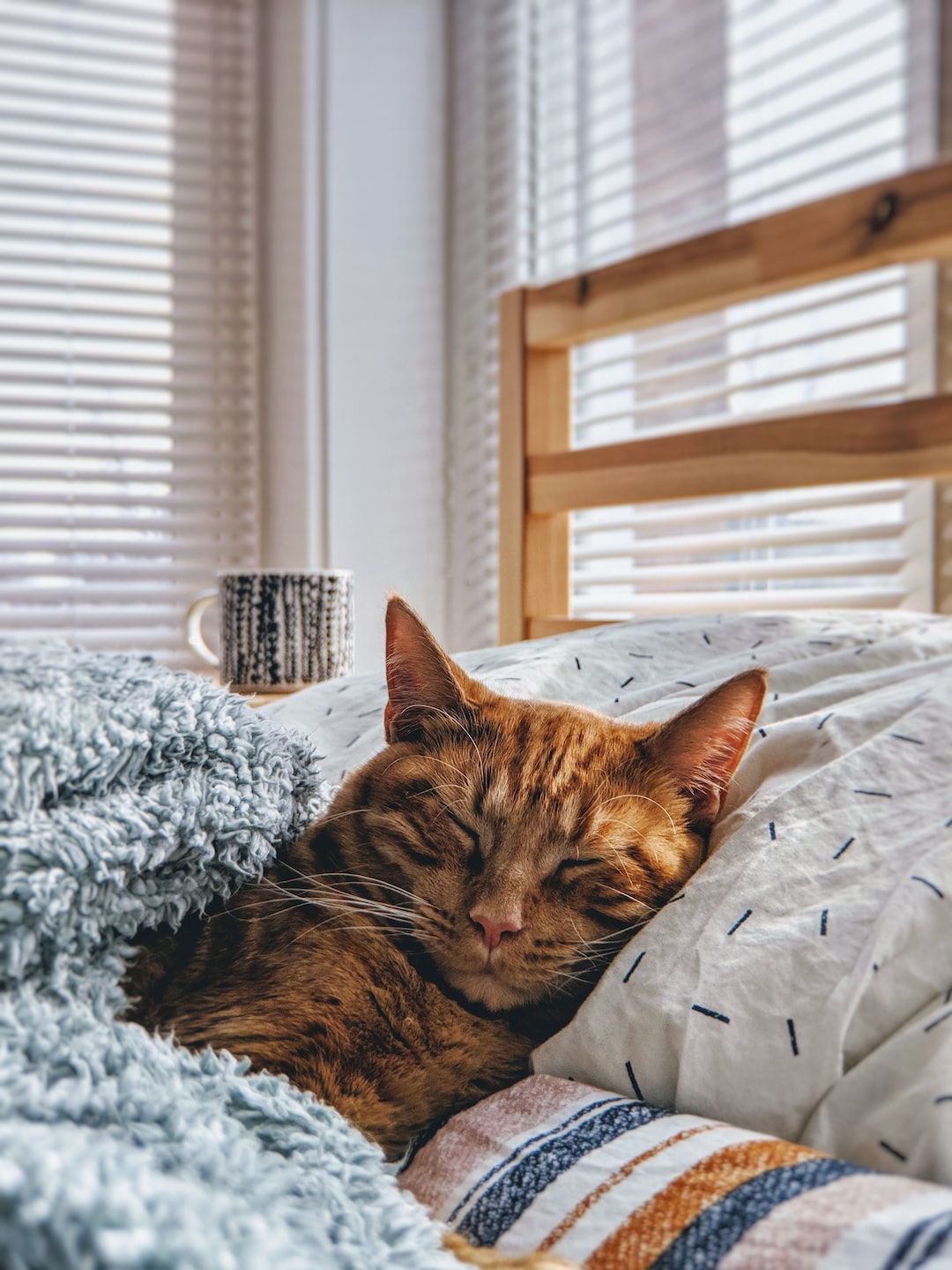Crate training is a popular and effective method for housebreaking your new puppy. It offers numerous benefits, such as providing a safe space for your furry friend, preventing destructive behavior, and aiding in the potty-training process. However, it’s important to approach crate training in the right way to ensure a positive experience for both you and your puppy. In this blog post, we will discuss the dos and don’ts of crate training your puppy.
Let’s start with the dos:
1. Introduce the crate gradually: Begin by leaving the crate door open and placing treats and toys inside to entice your puppy. Let them explore the crate at their own pace, ensuring it’s a positive and inviting space.
2. Make it comfortable: Add soft bedding or blankets to the crate to make it cozy and inviting. Your puppy should feel safe and comfortable while inside the crate.
3. Create positive associations: Use treats, praise, and rewards to create positive associations with the crate. Gradually increase the time your puppy spends in the crate, rewarding them for calm behavior.
4. Use mealtime to your advantage: Feeding your puppy in the crate is an excellent way to create a positive association. Start by placing their food bowl near the crate and gradually move it inside as they become more comfortable.
5. Stick to a routine: Establish a consistent routine for crate training. Consistency will help your puppy learn quicker and understand when it’s time to go into the crate.
Now, let’s move on to the don’ts:
1. Don’t use the crate as punishment: It’s essential to never use the crate as a form of punishment. Crate training should be a positive and safe experience for your puppy.
2. Don’t leave your puppy in the crate for extended periods: Puppies have limited bladder control, so never leave them in the crate for long periods of time. They should have regular opportunities to relieve themselves and stretch their legs.
3. Don’t rush the process: Every puppy is unique, and crate training requires patience. Avoid rushing the process and allow your puppy to adjust to the crate at their own pace.
4. Don’t leave your puppy unattended in the crate: Always supervise your puppy when they are in the crate, especially at the beginning of the training process. They may become anxious or stressed, and you need to be there to comfort and reassure them.
5. Don’t use the crate as a substitute for exercise: While the crate is an excellent tool for managing your puppy when necessary, it should never replace regular exercise and playtime. Be sure to provide your puppy with ample opportunities for physical and mental stimulation.
Remember that crate training is a gradual process, and every puppy will progress at their own pace. Stay consistent, patient, and positive throughout the training journey. If you encounter any challenges or difficulties, consider seeking professional guidance from a certified dog trainer or behaviorist.
In conclusion, crate training can be a valuable tool for puppy owners when done correctly. By following the dos and don’ts outlined in this blog post, you can ensure a successful and stress-free crate training experience for both you and your furry friend.

